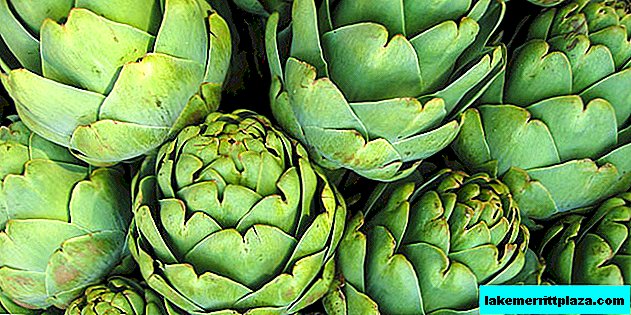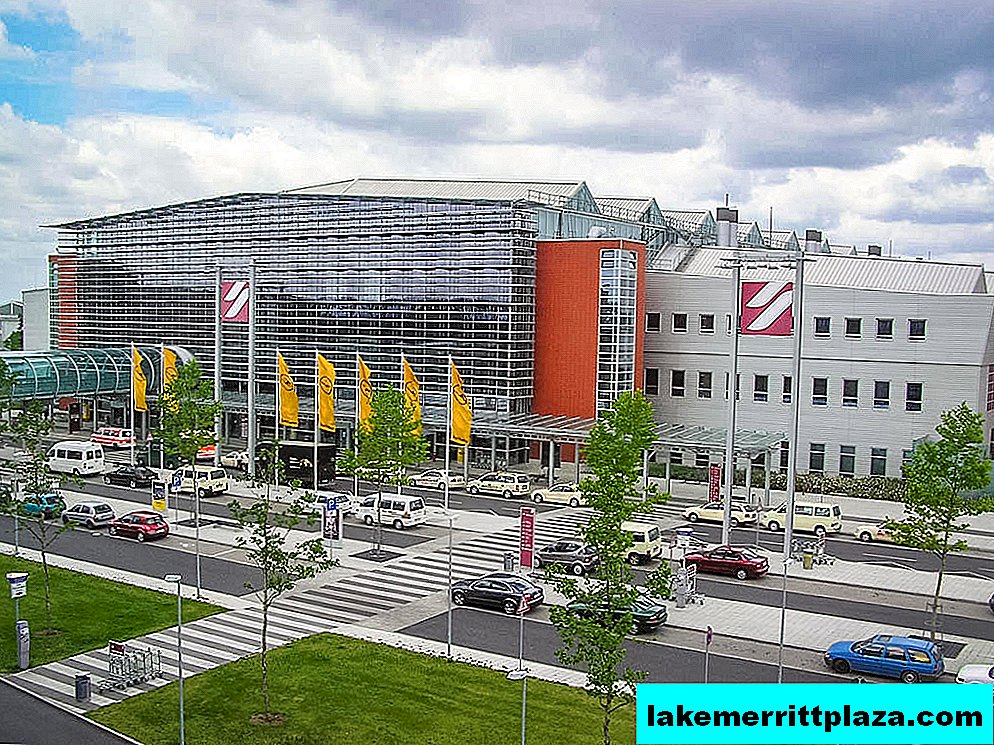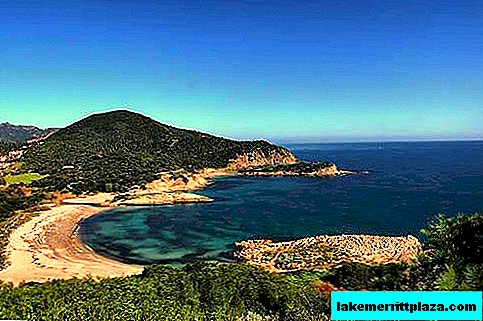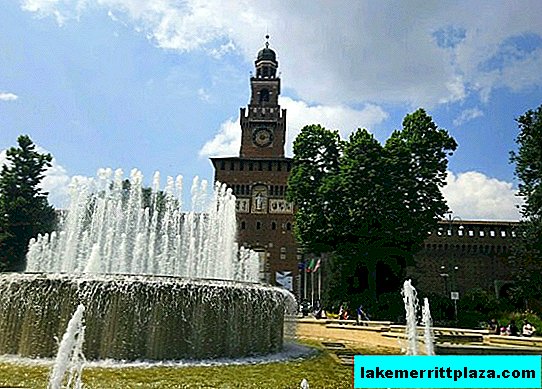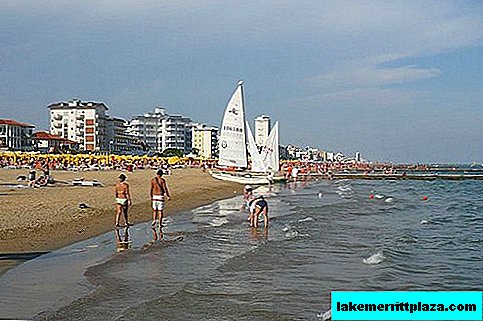If you want to feel the real European Easter, then it's time to think about a trip to Italy. Traveling to the Apennines in the spring is in any case a good choice, but Easter in Italy is the main holiday of the season, and therefore a trip during this period is able to give especially rich impressions and emotions. Easter dates vary from year to year and are determined by the position of the sun and the phase of the moon. The time frame for Easter was set back in 525 - March 22-April 25.
Easter Dates in Italy according to the Julian Calendar 2012-2025:
2012 - Easter Date in Italy - April 8
2013 - Easter Date in Italy - March 31
2014 - Easter Date in Italy - April 20
2015 - Easter Date in Italy - April 5
2016 - Easter Date in Italy - March 27
2017 - Easter Date in Italy - April 16
2018 - Easter Date in Italy - April 1
2019 - Easter Date in Italy - April 21
2020 - Easter Date in Italy - April 12
2021 - Easter Date in Italy - April 4
2022 - Easter Date in Italy - April 17
2023 - Easter Date in Italy - April 9
2024 - Easter Date in Italy - March 31
2025 - Easter Date in Italy - April 20
Easter traditions of Italy
Easter in Italy is a time when rituals and ancient traditions are used, religious and not only. In particular, one of these is the custom to give Easter eggs, which dates back to very old rituals: in the spring, the ancient Greeks and Persians brought eggs as a symbol of the awakening of Nature. A little later, this tradition took root among the Jews. Easter eggs are always with a surprise inside, and their exchange was accompanied by the best wishes for a happy Easter.
Easter holidays in Italy attract tourists and pilgrims from all over the world to the country. The week before Easter is called the Holy Week (Settimana Santa). The celebration of Easter originates on Good Friday (Il venerdì santo), when the famous Religious procession (della Via Crucis) takes place.
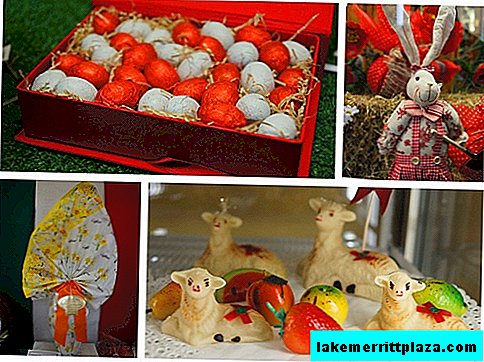
Easter Attributes in Italy
Italy on Easter presents an unforgettable opportunity to travel back several centuries in order to see the history in the “living”. The procession, personifying the Passion of Christ (La Passione di Cristo), is an extraordinary sight. A string of events captures, plunging into the time of ancient Judea - the Last Supper, and now the Roman cavalry accompanying the Roman procurator Pontius Pilate, the court and the Path of Sorrow to Calvary.
The most striking theatrical spectacle can be seen on the islands of Ischia and Sardinia, in Montefalco, Gualdo Tadino, Venice, the Sicilian towns of Enna and Trapani, the province of Chieti in the Abruzzo region.
On holy Saturday (sabato santo), sacred fire, kindled in the church, is traditionally brought into the house. Nowadays, custom is often replaced by pyrotechnic effects, but Easter traditions, especially in small towns, are still observed.
Easter Monday (Pasquetta)
The day after Easter - il Lunedì dell'Angelo - is usually called Pasquetta. This is a reminder of the appearance of an angel announcing the Resurrection of Christ to women who came to visit the tomb and found it empty. And, if Easter is often held in the family circle, then Pasquetta is traditionally used for out-of-town picnics with friends and neighbors, as well as for travel during the Easter holidays.
Easter decoration
Before Easter, Italian churches and cathedrals are decorated with flowers, palm branches and olive trees, and participants in theatrical processions also wave them.
In the courtyards of the cathedrals, before the festive liturgy, palm and olive branches brought by believers are blessed. They are used to consecrate Easter meals and are stored in the house for a year as a symbol of peace. Sunday before Easter is still called Palm (Domenica delle Palme). According to legend, Christ at the entrance to Jerusalem was greeted by people and laid on the path in front of him the branches of palm trees and oil trees, symbolizing peace.
Before the holiday, shop windows are full of colorful packaging of chocolate Easter eggs of various sizes. Easter Bunny is rare, but chocolate eggs will not disappoint. Preliminarily in the factories you can place individual orders with a special surprise. This is the most favorable period to give your loved ones special attention.
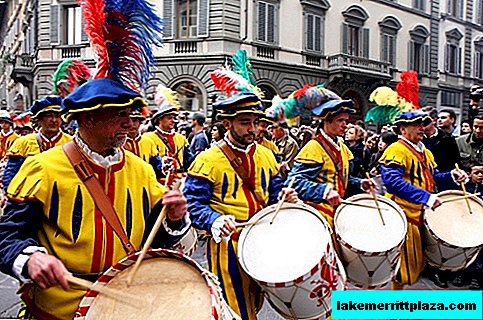
Easter in Italy is unthinkable without processions and ceremonies
Easter food
Italians are very passionate about cooking Easter dishes. The symbol of Easter here is a chicken egg, but chocolate. On a holiday, it is customary to exchange chocolate eggs with the most unusual surprises inside. Italy is famous for its Easter muffins decorated with almonds and sugar balls, which are baked in the form of a dove, and are called a colomba.
Easter dishes in different regions of Italy are slightly different. In Liguria, for example, a cake from Genoa "Torta pasqualina" is popular. The attribute of a festive feast in Lombardy is the panettone. It was the Milanese who gave Italy and the whole world "Colomba Pasquale". The image of a pigeon here is interpreted as a symbol of peacefulness, and according to legend, it is dedicated to a pair of pigeons soaring into the sky over Milan immediately after the victory over the army of Frederick Barbarossa.
Easter in the south of the country cannot do without casatiello - a cheese pie, and pastiera - a pie with cottage cheese and candied fruit, recognized among Italians as the best dessert.
Easter food in Italy also traditionally includes lamb and artichokes. Recently, Italians have ordered some festive dishes in restaurants.
Photos by CharlesFred and Roger Wo


